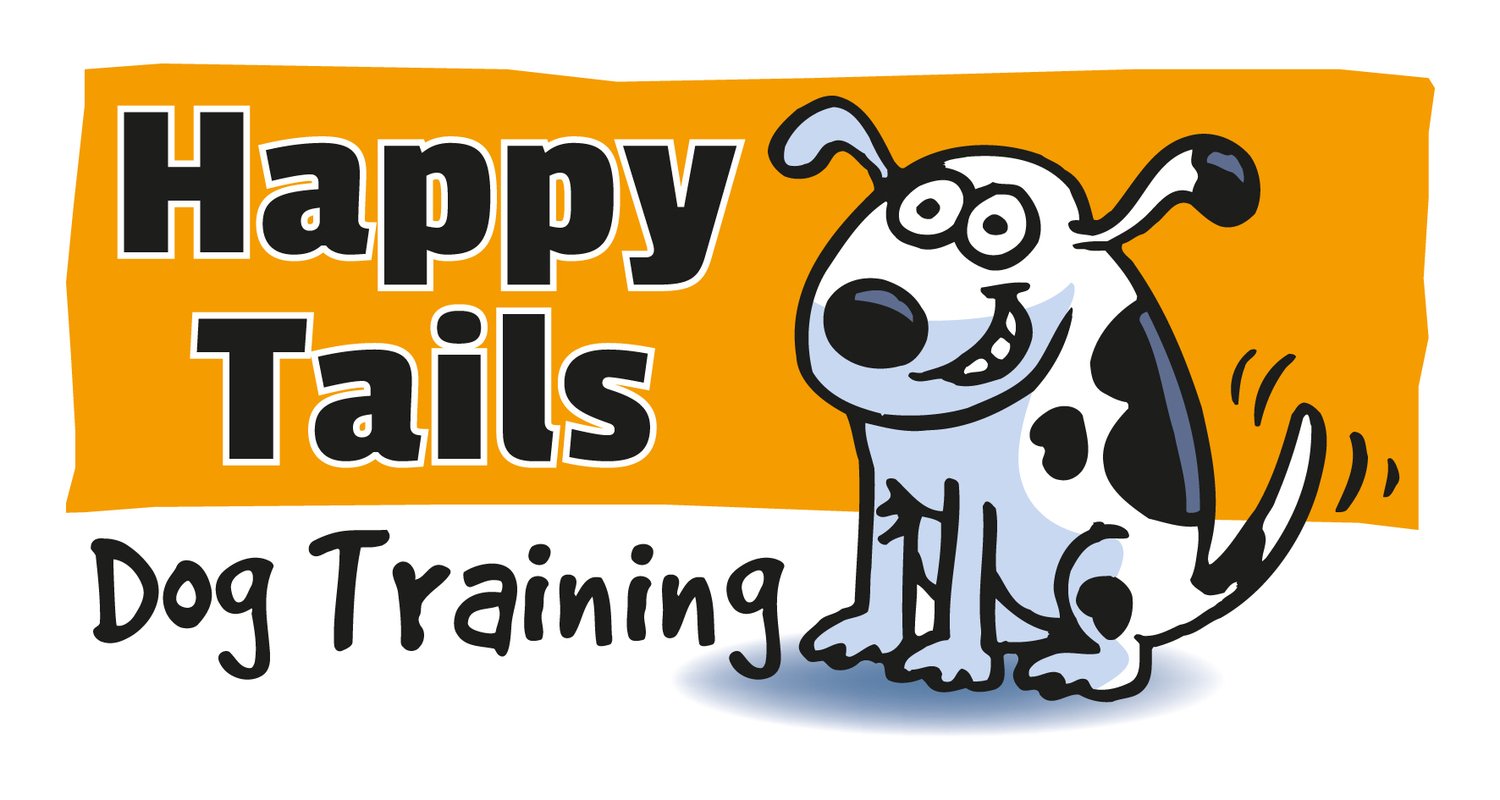How your dog's dog food affects nutrition, poo, and house training
/By Angelika Cawte
First, let me say I’m not a vet or a canine nutritionist. I’m a caring dog owner, and my own personal journey to healthier living has led me to question and research not only my food choices but also those of my dogs.
With this blog, I simply want to inspire you to look at what you’re feeding your dog. Great, if your dog’s diet is already perfect, and your dog is a model of health with a shiny coat to boot. But if you often find yourself complaining about how much soft and smelly poo your dog produces, or if your dog suffers from unexplained allergies, it may be time to see if your dog’s food could be a contributing factor.
Every dog is different! I encourage you do to your own research for your own dog. Talk to other dog owners and consult with a wide variety of ‘experts’ – the reality is that many nutritional experts are linked to a certain brand of dog food.
Digestibility of food affects your dog's poo
Digestibility is the percentage of how much food the dog eats and how much of that is digested or eliminated (poo). The more food is digested, the less poo. If you are feeding food with very low digestibility, much of what your dog is eating comes out again so he will naturally have to poo a lot more than he would do on a high-digestible food diet, which has the added benefit that the stool is usually small, firm, and not smelly.
Here are some examples of digestibility of various protein types (approximate values)
- Egg whites: 1.00
- Muscle meats (chicken, beef, lamb): .92
- Organ meats (kidney, liver, heart): .90
- Milk, cheese: .89
- Fish: .75
- Rice: .72
- Oats: .66
- Wheat: .60
- Corn: .54
Many dog foods contain a high percentage of grains, and as you can see, only about half of that is digestible. However, it’s generally recommended not to feed an entirely 100% meat-based diet either as dogs do require other nutrients as well to be healthy.
How food can relate to house training issues
Digestibility of food can also relate to house training. With puppies, it helps when they don’t have to poo too much and too often. It’s easier to judge the time your puppy needs to go so that you can accompany your puppy and praise her for going outside.
Nutrition
It's a hot topic and many dog owners have firm views about what’s best to feed, so we won’t get into the ‘raw’ versus ‘biscuits’ debate. Product labels can also be confusing, and it’s generally difficult to say how much nutritional value the food includes. What we can say though is that the more of the food your dog actually digests, the more of the food’s nutritional value is taken up.
Also, here's some food for thought (pun intended). There are a lot of different opinions about feeding variety. Many dogs will happily eat the same food every day, some dogs like something different now and then. Supporting arguments for feeding variety include:
- Each food has different nutritional values and by feeding a variety of foods you ensure your dog gets a bit of everything she needs.
- It’s much more exciting and satisfying for your dog – would you like to eat the same food day in day out for your whole life?
- New smells, tastes, and textures engage different receptors and brain cells, and varying textures work different muscles and teeth.
Cost of feeding
A meat-based diet can be more expensive than vegetable-based foods but more of it gets digested so you need to feed less to give your dog the same nutritional values. Most Canned foods are generally 75% water, so 75% of your purchase price is going toward a non-nutritive ingredient.
When comparing prices work out the cost per feed and look at the nutrition your dog gets.
Changing your dog’s diet
Whenever you change what your dog's diet (especially from biscuits to raw or vice versa), do it gradually, i.e., mix a little of the new food with the existing food and gradually increase the quantity of the new food, to avoid stomach upsets.


